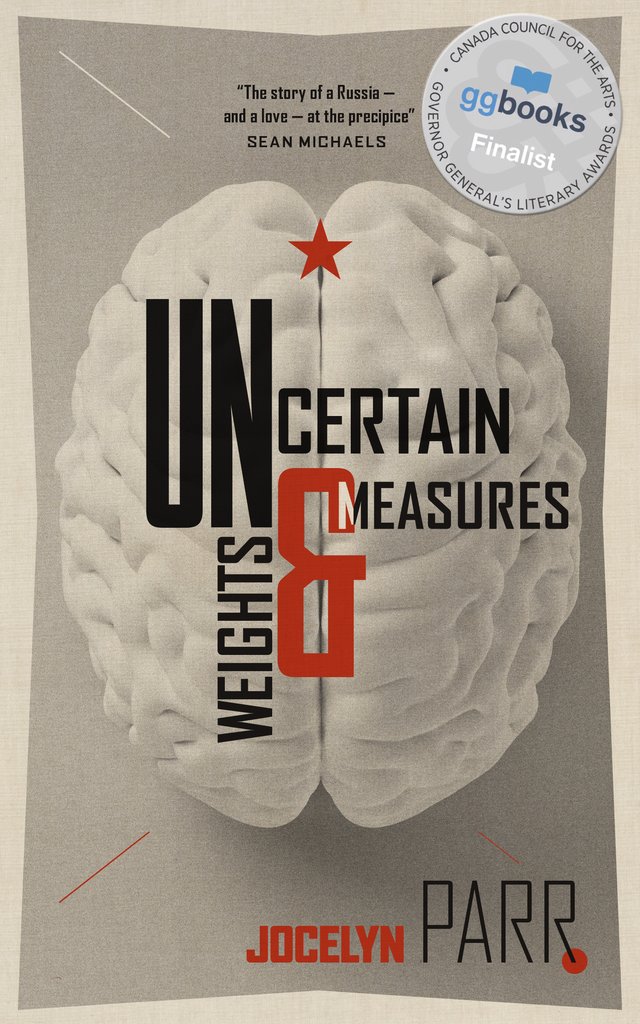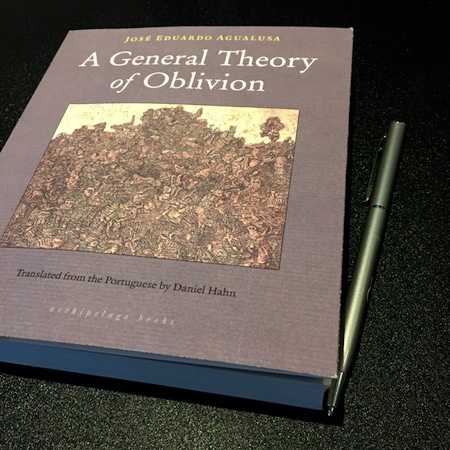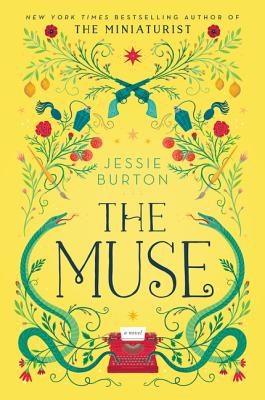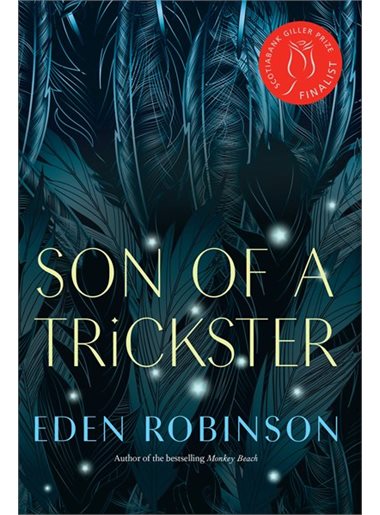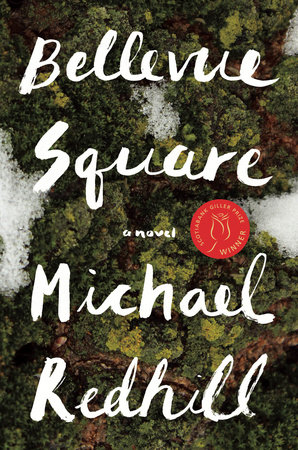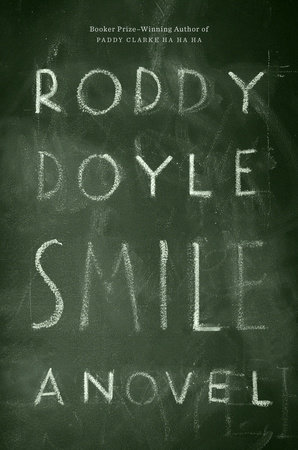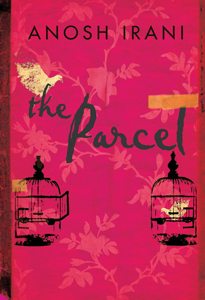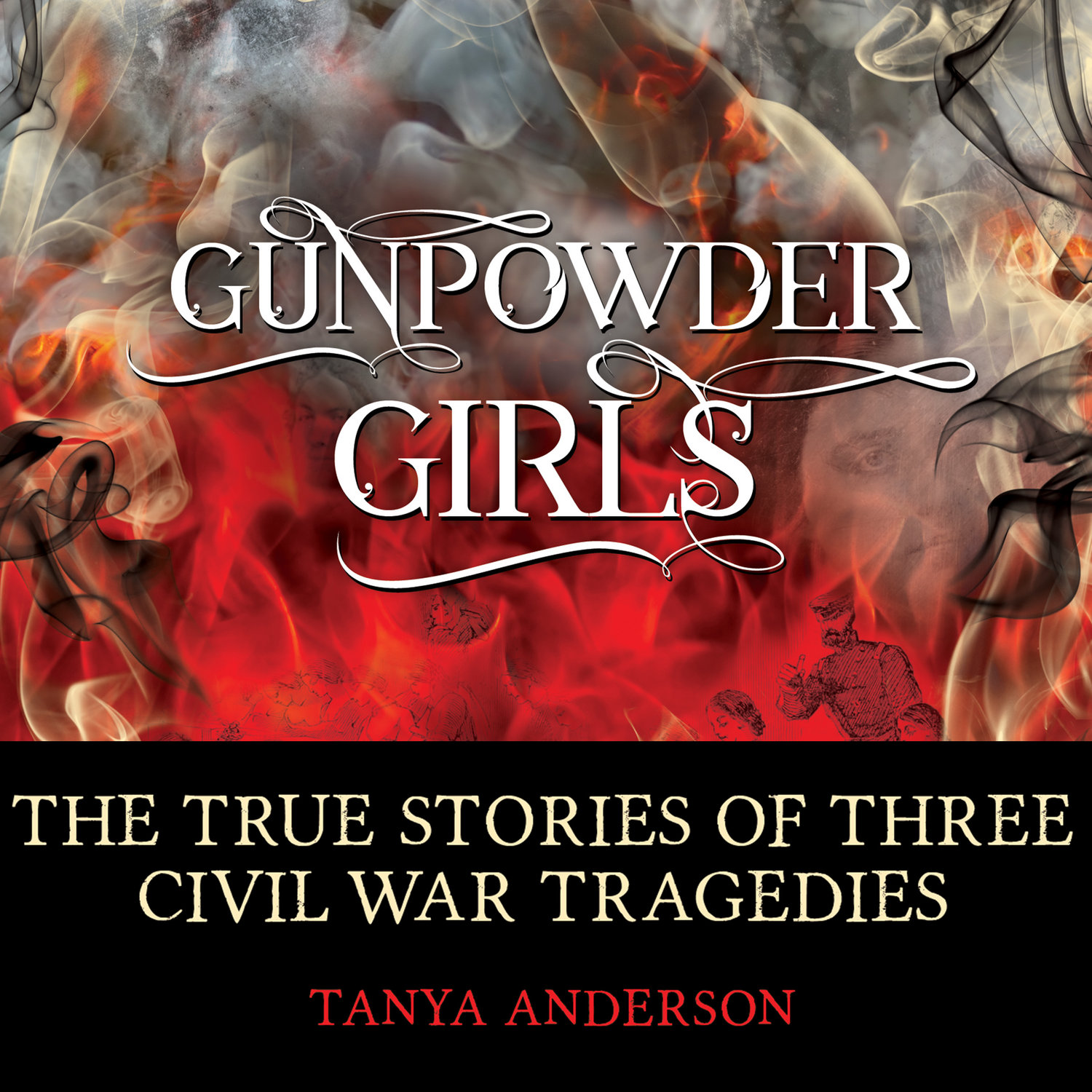Description: Set in Moscow, 1921, Tatiana and Sasha meet as two young intellectuals in a bookstore. The bookstore is bombed that night and as they run away, hand in hand, it’s the start of their romance. This is a witty and tender book about growing up, losing trust in the system, the bureaucracy of adulthood in an ever-changing Communist regime, and all the small betrayals between mentors, friends, and lovers. These are unforgettable characters who alternate between being wise and foolish. I loved it. In particular the story between Tatiana (a scientist) and Sasha (an artist) and how the idealism and contradictions of Russian politics affects where and how they live, what they believe, and how they grapple with those tensions.
• Shortlisted, 2017 Governor General’s Award for Fiction
Perfect Read for fans of Madeleine Thien’s Do Not Say We Have Nothing. If you like the slow unfolding of characters and situations, are interested in cultural revolutions or the formation of ideologies, especially through the lens of young minds, then this is the perfect read for you. It has a love story, some history of post-Revolutionary Russia, a cool look at the early scientific research done in brain science, and politics and art.
Favourite Moment: The whole book. The scene where Tatiana and Sasha meet is tender and quiet, despite the fact that a bomb just went off. The drinking and debauchery scenes in the artist studios are full of youthful spirit and the tensions of jostling for position. The strained quiet of the institute where Tatiana works, slicing and documenting brain structures, is creepily cool. It feels like every emotion is explored in a tentative and revealing way.
Quote: 1921
Before Lenin was dead and before my life had properly begun, I used to spend all my time in a bookstore down on Nikitskaya. I was barely a person then, just a girl, and then just a girl staring down the women I’d meet, wondering if their fate had to be mine. The bookstore had no sign. Either you knew where it was or you didn’t. The entrance was several steps below street level. To find it, you looked for the tobacco place next door because it had a glowing green lamp in its window. When the snow shrouded the entrance on winter afternoons, that blur of green was the only indication that you’d arrived. If you knew to look.
Uncertain Weights & Measures by Jocelyn Parr
Published by Goose Lane
Support an indie publisher and buy direct.
